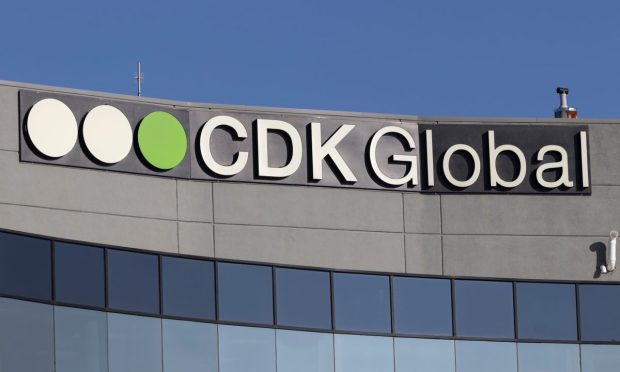Auto Dealers Integrate Systems in Order to Improve Customer Experience

Although automotive retail is currently a seller’s market due to inventory shortages, auto dealers are focusing on improving the customer experience. Now that so many consumers have shopped online with Amazon or in store with Apple in their daily lives, they have come to expect that sort of experience when buying a vehicle.
“I think, in speaking to a lot of dealers personally, the reason why they’re looking at process is because they know that there’s still areas of their process that they need to fix in order to have that really stellar customer experience,” Michelle Denogean, vice president of Modern Retail at CDK Global, told PYMNTS.
CDK Global, which provides retail technology software to automotive dealers and original equipment manufacturers (OEMs), has learned from dealers that a key friction has been that they use multiple systems that don’t talk to one another.
Customer Expectations Are Changing
Anecdotally, Denogean said, dealerships often have 10 or more systems required to complete a transaction. When the digital retailing system, customer relationship management (CRM) system and dealer management system (DMS) don’t seamlessly transfer data from one to another, a sales process that could take one hour often takes three hours.
“The No. 1 pain point that consumers face is just the time that it takes to buy,” Denogean said.
A decade ago, the consumer’s primary consideration was the price of the vehicle, she said. Today, as many as a third of consumers are most interested in having a fast, easy and convenient experience.
“Customer expectations are changing,” Denogean said.
Document Management Is F&I Department’s Top Frustration
When CDK Global compared dealerships that were taking three hours to sell a car to those that were taking only one hour, the company found that the need to re-key information and the inability of systems to talk to one another were the top pain points. Among the stores doing it in an hour, those were not concerns.
In dealerships’ finance and insurance (F&I) departments, document retrieval is the biggest frustration. When systems are not synced up, staff may have to ask the customer for the same information more than once. Many consumers report that they wait 30 minutes for the F&I part of the process alone.
“Document management is kind of the big, overarching area that if they can have more of a seamless integration and less friction there, they would feel like they were able to be more productive,” Denogean said.
Duplicate Leads, Re-Keying Information Are Pain Points
In internet and business development centers, duplicate leads in the CRM are the top concern. For example, if a customer who has previously purchased a car at the dealership later starts configuring a deal online, that can create a duplicate customer record in the CRM.
In sales, the top frustration is the need to re-key information.
The present process exists because earlier systems were built for specific, narrowly focused roles and because dealership managers were accustomed to thinking of different steps of the process being done by different departments.
End-to-End Digital Transactions Are the Goal
To remove these frictions, dealers are seeking to build a seamless workflow that includes the customer’s online research, the purchase process, the delivery and even the visits to the service department once the customer owns the vehicle.
“Now what they’re looking at is an end-to-end digital transaction,” Denogean said, adding that dealers want to do the tasks electronically and seamlessly in store as well as online.
Aiming to deliver that experience, CDK Global acquired digital sales platform Roadster last year to bring more tools together under one roof and integrate them for auto dealers.
“That, I think, is where the industry is headed,” Denogean said. “These companies are really recognizing that and are trying to pull all these systems together so that it is seamless, that they can really have an end-to-end transaction through all of the different systems because they’re all part of one ecosystem.”